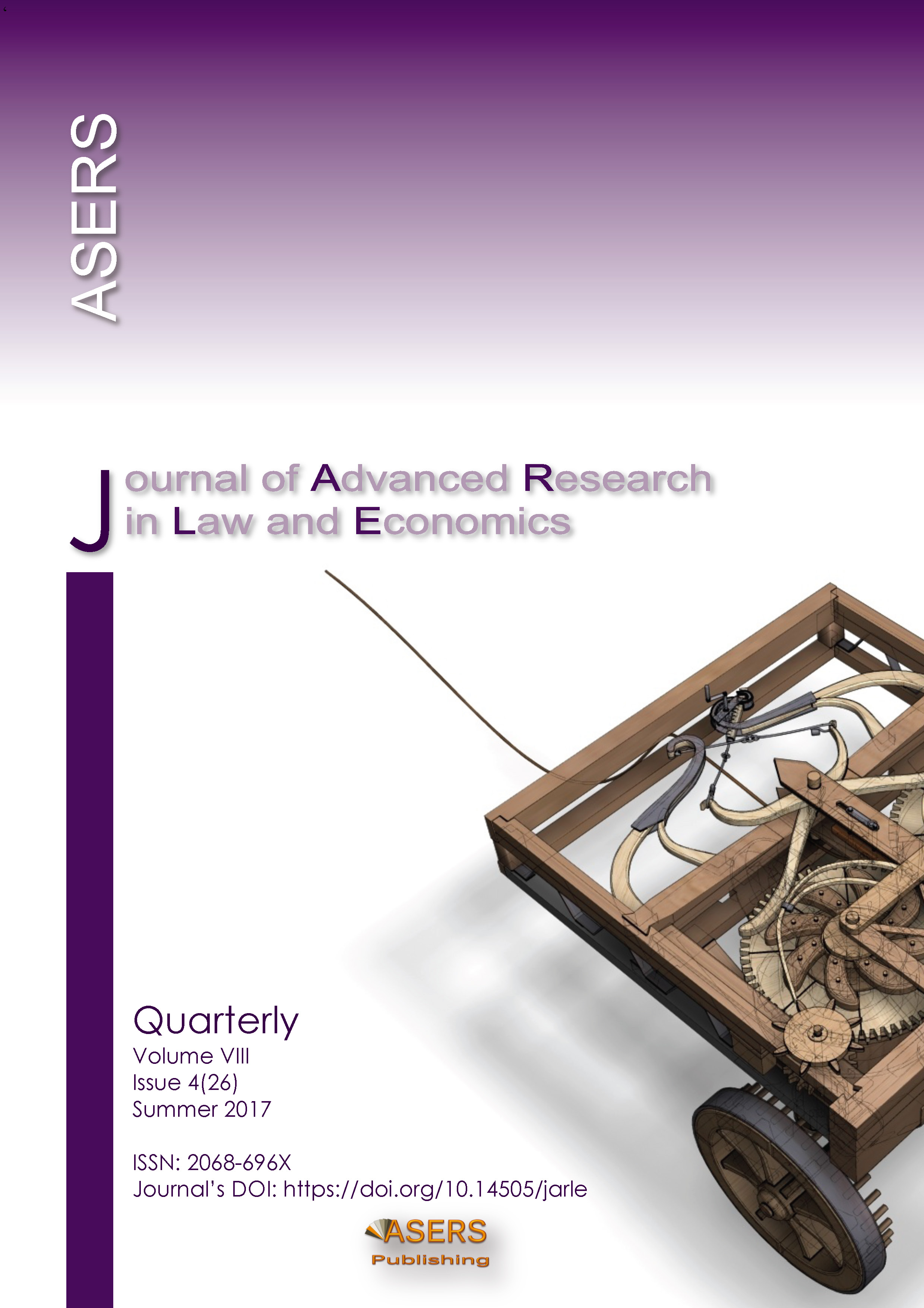Current Challenges and Competitive Advantages of National Innovation Systems (NIS) of the Countries-Participants of the Union State up to 2030
Current Challenges and Competitive Advantages of National Innovation Systems (NIS) of the Countries-Participants of the Union State up to 2030
Author(s): Ruslan A. Abramov, Maxim SokolovSubject(s): Economy, National Economy
Published by: ASERS Publishing
Keywords: inter-country integration; national innovation system; competitive advantage; the development of a state block of education; economic theory; sustainable development;
Summary/Abstract: The relevance of the study lies in the fact that the national innovation system is the driver of development for most countries. In it lay the possibility of the development and establishment of innovative industries, new technological processes, create competitive advantages. And thus, the opportunity to reduce the gap between the block formations. For the Union state, this problem is also relevant since at present the national innovation system of the Republic of Belarus and the Russian Federation begin their development in different socio-economic conditions. Thus, they affect foreign economic interests, liabilities and prospects of the Eurasian Economic Union. The Union state is a separate entity and requires the establishment of national innovation systems on different levels.The object of study is technological features and techniques for creating national innovative products, cooperation through innovative processes of various industries and services, and monitoring of cooperation with innovation in the Union state. The aim is shaping the direction and development of recommendations for the formation of the national innovation system in connection with local economic ties and inter-country cooperation within the Union state. The results of our work is recommendations for use of individual elements of national innovation system formation in one state, and presents analysis on the interaction in the Union state through the cluster and inter-regional enterprises. A promising area of cooperation presented by testing experience on the territory of the Eurasian Economic Union and possible future member of the Union state.
Journal: Journal of Advanced Research in Law and Economics (JARLE)
- Issue Year: VIII/2017
- Issue No: 26
- Page Range: 1031-1039
- Page Count: 9
- Language: English
- Content File-PDF

